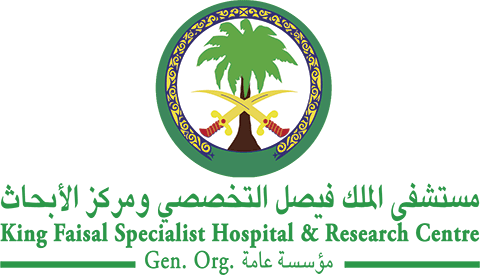Abstract
Cancer patients are at risk of malnutrition because of reduced intake that may occur as results of the disease itself or the treatment; making the oral intake a challenging task. Thus, nutritional support (NS) is used to deliver their nutrient requirements. Feeding tube site implantation for cancer patients has been reported after endoscopic feeding gastrostomy installation. This manuscript undertakes a structured database review to better understand this phenomenon. A structured search strategy was applied with Boolean operators for retrieving data from six search engines and selected reference lists. Thirty-three records were included. It found that the most common research design that reported seeding is case reports (70%) with the percutaneous endoscopic gastrostomy (PEG) as the common feeder design, and the pull method as a technique to place it. The observation period since the tube was implemented and the seeding was observed ranged from 7.12± 3.7 months with some missing data among the included studies. The most common primary cancer diagnosis was head and neck cancer (HNC). This complication was higher among male subjects compared to females (6,084 male, 1,202 female). There is a need to conduct large statically powered studies to further investigate this complication.
Recommended Citation
Alawfi, Jumanah S.; Ragea, Reem M.; and Alrubaian, Sadeem S.
(2023)
"Tumor seeding post nutritional support implementation: a rare complication; A scoping review,"
Hematology/Oncology and Stem Cell Therapy: Vol. 17
:
Iss.
2
, Article 2.
Available at: https://doi.org/10.56875/2589-0646.1119
Creative Commons License

This work is licensed under a Creative Commons Attribution-Noncommercial-No Derivative Works 4.0 License.
Included in
Cancer Biology Commons, Hematology Commons, Oncology Commons

